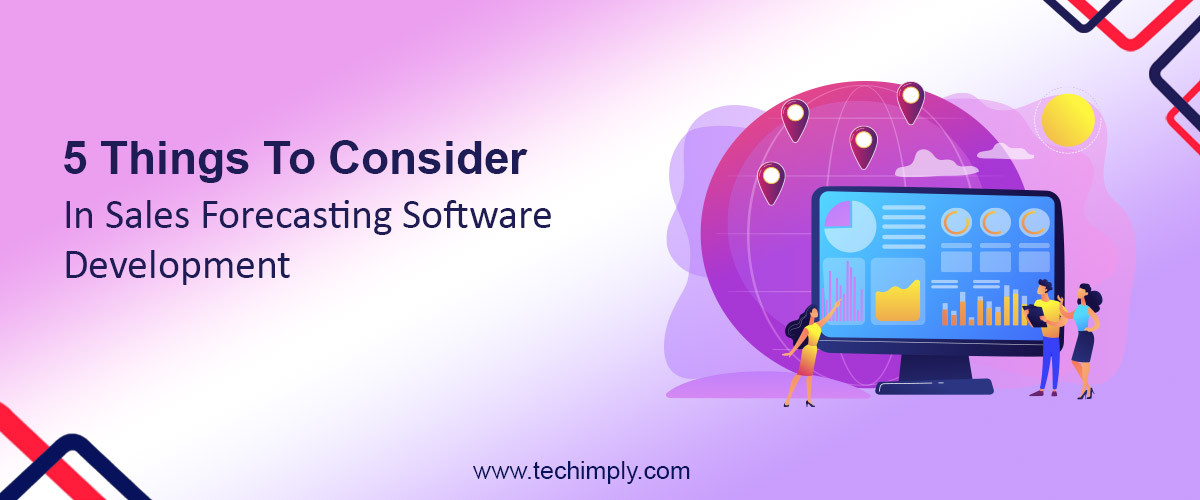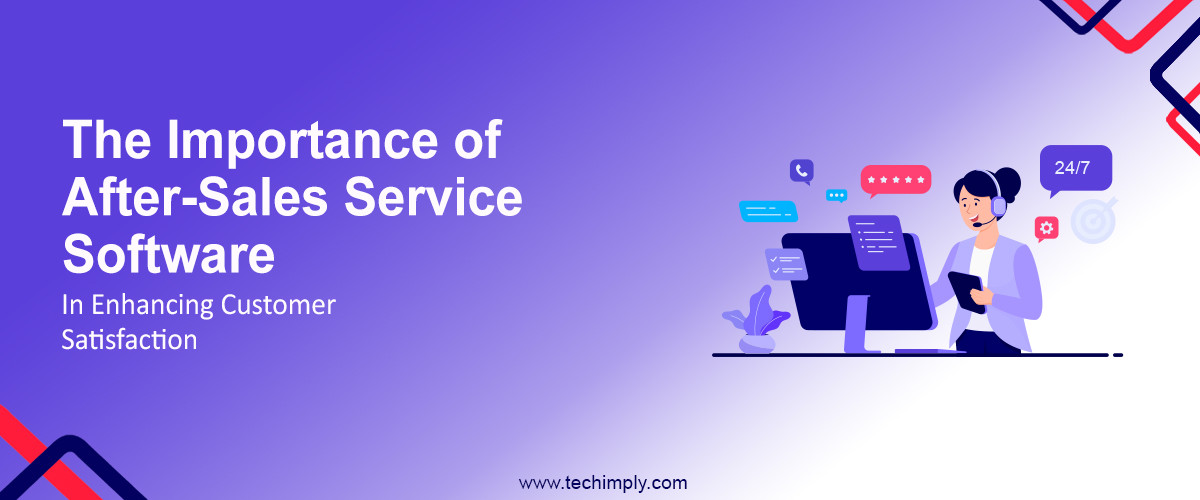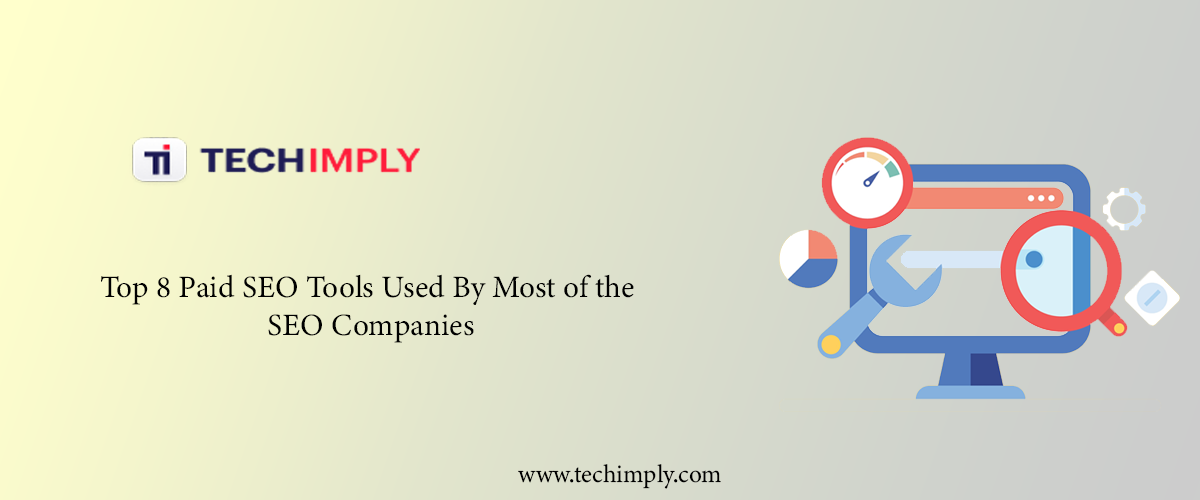In simple words, sales forecasting software (SFS) is a computer program that analyzes historical business data to predict future trends and suggest improvement actions.
The software analyzes a vast amount of diverse data to forecast business results. The analyzed data range from closed deals to consumer behavior and loss records. The reports generated by sales forecasting software then interpret KPIs, and compare budgeted, actual, and forecasted revenues.
Main Types Of Sales Forecasting Software
There are many sales forecasting software in the market at the moment, and new ones are being developed every day.
However, the sales forecasting software group into two main categories:
-
Sales pipeline
-
Historical sales
On the one hand, the sales pipeline SFS calculates a win rate based on existing opportunities. The software will calculate this considering
-
the nature of the opportunity,
-
its cost/benefit ratio, and
-
the estimated time required to implement it.
On the other hand, historical SFS calculates mean/average sales level a business can expect in the future, based on sales data from the past. It will take into consideration some external factors, such as the seasonality of some products. However, it doesn’t detect the currently available opportunities.
The Process Of Developing Sales Forecasting Software
The process of developing an SFS has four stages:
-
Designing The Software - once they receive your request, the engineering team will research, design, plan and architect UI/UX blueprints for your SFS program.
-
Development Phase - based on your specific needs, the software development experts will decide on a particular software development method and code scalable frontend and backend systems for your apps.
-
Deploy SFS - once the app is finished for the first time, the quality assurance (QA) team will test the software and remove any bugs
-
Launch The App - the development company will launch, host, manage, scale, support, optimize, and continuously improve your SFS platform.
Things To Consider If You Need An FSF For Your Business
Before you decide to contact a software development agency, here are a few important things worth considering.
1. What Are Your Specific Business Needs?
Finances are probably one of the most important domains of a business. Therefore, when submitting a software development request, try to be as precise as possible. Here are some important points to think through:
-
Do you need short or long-term sales projections?
-
Who will use the software in your company, and how tech savvy are they?
-
Which particular format(s) of data do you want to analyze?
-
What are your storage options?
-
Which systems will your SFS software need to integrate with? In other words, the reports from your SFS system should be exported as API, .csv, .xml, .doc, or other formats used by other software employed in your company.
-
What is your budget?
-
What is your deadline?
Only if they have all this information, will the engineering team be able to choose the suitable technology and software development method to deliver a functional product.
2. Outsourcing?
Most companies choose to outsource software development to third-party agencies located outside of the U.S. The main reason to do this is the reduced cost and access to the global talent pool.
Eastern European and South American countries have excellent software engineers. But, since the cost of living in these countries is usually lower, they are willing to accept lower wages.
In the following tables, you can see the comparison of average software development hourly rates in different countries.
3. Features
On the other hand, if you choose to purchase an already made SFS solution, you should check its features and see if they fit your needs. Here are some of the most common SFS features:
-
Analyze trends, changes, and seasonality of the sales forecast over time
-
Develop key performance indicators (KPIs) (for example, velocity calculations and seasonality fluctuations)
-
All SFS apps should be able to generate sales forecast simulations and potential outcomes based on the specific business, industry, or competitive situations were to occur.
-
Use familiar formulas and syntax to calculate forecasts
-
Access and analyze CRM accounts and opportunities
-
Compare data on a daily, weekly, monthly, or annual basis
-
Apply multiple modeling techniques when comparing data. In other words, the app should be able to make projections in different dimensions: qualitative or quantitative, time periods, across geographies, product lines, accounts, group of accounts etc.
-
Ability to estimate the level of certainty of the forecasts
-
Enrich the reports and analytics with data visualization such as charts, graphs, and maps for easier understanding.
4. The Development Method
As a business paying a third party to develop your software, you probably won’t have much control over the chosen development method. You are paying the professionals to take care of that.
However, that doesn’t mean you shouldn’t know which method is being used for the development of your app.
For example, teams implementing RAD (Rapid Application Development) method will allow you to be involved in every stage of app development. This method is perfect if you have very specific requirements, and want to communicate with the developing team more intensely.
However, as it is highly customizable, RAD might imply higher expenses.
On the other hand, Continuous Integration/Continous Delivery (CI/CD) is a highly automatized software development practice. The major benefits of the CI/CD pipeline method are
-
Increased efficiency
-
Reduced software development costs
-
Smooth software updates
-
Changes in the software are easy and fast.
5 Smart Technologies And Predictive Analytics: The Future Of Sales Forecasting
Artificial Intelligence is very promising in the SFS niche.
For example, Conversational AI is an exceptional tool to understand language and qualitative data. It allows technology to understand and process human interactions.
In terms of sales and financial forecasts, AI-powered tools can record and analyze the client live conversations. The results of such analyses can help businesses understand clients’ expectations, and thus adjust their products, sales goals, and deals accordingly.
How Can SFS Benefit Your Business?
Based on the reports, the business managers gain important insights and are able to bring data-driven decisions. For example, with the help of sales forecasting software, managers are able to:
-
Allocate resources more effectively
-
Hire staff
-
Boost the efficiency of business processes
-
Minimize costs
-
Experiment with various sales approaches through simulations, avoiding risks
-
Forecast with razor-sharp accuracy
-
Understand the bigger picture and never miss a detail again
-
Identify and mitigate risks more effectively
In Addition
Being able to better forecast revenue by territory, account, or salesperson won’t only benefit your business. By streamlining your finances and becoming much more efficient, you can become a much more reliable business partner, and benefit your suppliers and other stakeholders.


.jpg)



